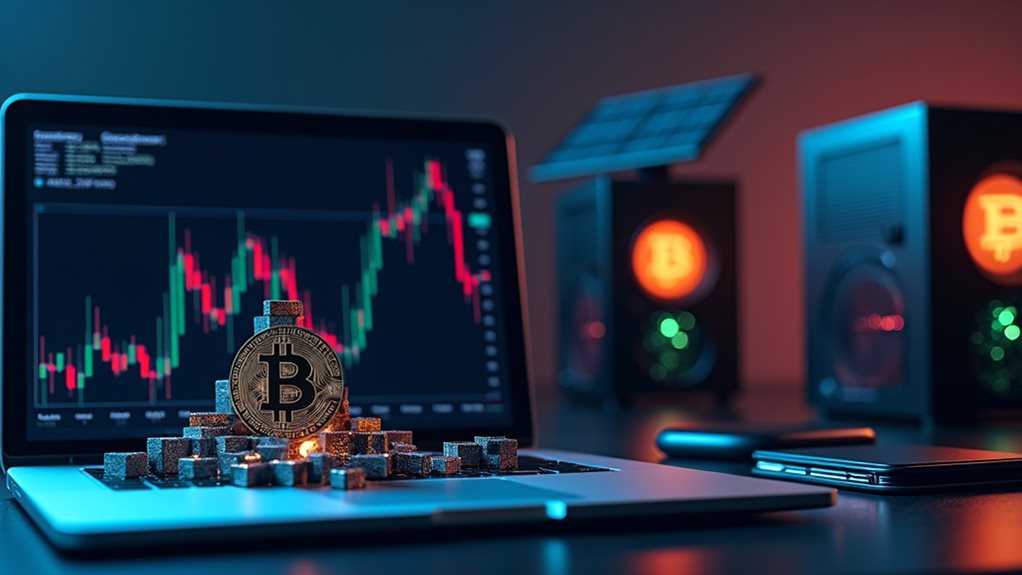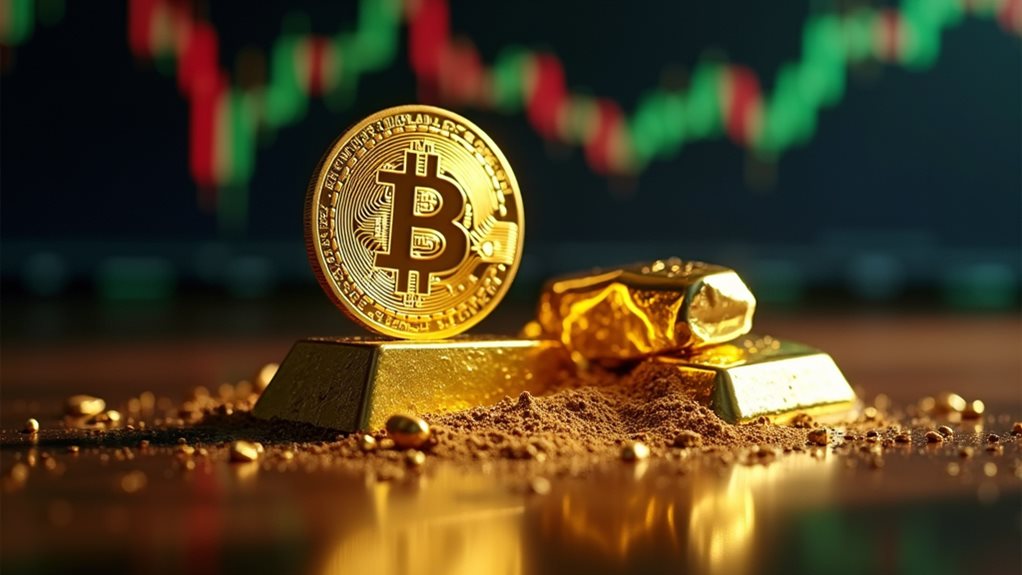Bear markets are brutal beasts – stocks plunge 20%+ from their highs, lasting around 11 months on average. Panic selling becomes the norm as fear grips investors, and market volatility goes wild. While some freeze like deer in headlights, others hunt for bargains amid the chaos. Smart money stays diversified and keeps cash ready. Nobody loves a bear market, but they're temporary. Understanding the bear's behavior patterns makes all the difference between surviving and thriving.

When markets start tumbling faster than a skydiver without a parachute, investors face a harsh reality: the dreaded bear market. It's that gut-wrenching period when stock prices plunge at least 20% from recent highs, and everyone suddenly becomes an expert on what went wrong. These financial winter seasons can drag on for months, sometimes years, leaving a trail of shattered portfolios and bruised egos in their wake.
Bear markets: where portfolios crash, experts multiply, and investors learn the true meaning of financial gravity the hard way.
Think of bear markets as the market's way of saying, "Party's over, folks." They typically show up uninvited, triggered by everything from economic slowdowns to global tensions. During these periods, high volatility and massive fluctuations become the norm. The average bear market lasts about 11.1 months – enough time to make even seasoned investors question their life choices. And those losses? They average a not-so-pleasant 31.7%. This period often sees reduced trading activity as investors become hesitant to participate in the market. Ouch.
The signs are usually there. Major indices like the S&P 500 start their downward spiral. Volatility spikes like a caffeinated teenager's heart rate. Economic indicators turn sour. And suddenly, every financial news channel becomes a doom-and-gloom festival. The media doesn't help, of course. They love a good panic story almost as much as investors hate losing money. Similar to cryptocurrency markets, where regulatory uncertainty often amplifies market instability and investor anxiety.
What makes these market downturns particularly nasty? Take your pick: recessions, inflation that won't quit, geopolitical mess-ups, or sometimes just the market realizing it got a bit too excited about stock prices. It's like a financial hangover after a long bull market party. Sometimes it's triggered by corporate scandals or regulatory changes that nobody saw coming. Well, almost nobody.
During these times, investors tend to act like characters in a horror movie – making all the wrong moves at exactly the wrong time. Fear takes over. Anxiety spikes. Some panic-sell faster than you can say "market correction." Others freeze like deer in headlights. The smart money? They're usually busy looking for bargains while everyone else is running for the exits.
Here's the kicker: bear markets aren't permanent. They're like bad weather – unpleasant while they last but eventually clear up. Some investors use these periods to snatch up quality stocks at discount prices. Others diversify into defensive investments or keep cash ready for opportunities. And yes, some brave souls even try short-selling, though that's about as risky as juggling chainsaws.
The market's history is clear on one thing: bears don't hibernate forever. But while they're awake? Better buckle up. It's going to be a bumpy ride.
Frequently Asked Questions
How Long Do Bear Markets Typically Last Before Recovering?
Bear markets typically stick around for 289 days – that's about 9.5 months of market misery. Not fun.
But here's the kicker: they're way shorter than bull markets, which last a hefty 2.6 years. Some bears overstay their welcome, like the 1973-74 nightmare that dragged on for 630 days.
Recovery's pretty swift though – about 43.4% of average returns happen within the first year after the bear packs its bags.
Should I Sell All My Stocks During a Bear Market?
Selling everything during a bear market is often a classic panic move.
History shows this strategy tends to backfire – big time. Most investors who dump their stocks end up missing the recovery, which usually happens fast and without warning.
Sure, watching account balances drop isn't fun. But markets are cyclical. They go down, they go up.
Bear markets typically last about a year, while recoveries have historically been much longer and stronger.
What Are the Best Defensive Stocks to Own in Bearish Conditions?
Defensive stocks typically shine during market downturns.
Consumer staples giants like Proctor & Gamble keep churning out those must-have products – toilet paper doesn't care about bear markets.
Utilities like Duke Energy keep the lights on, literally, while paying solid dividends.
Healthcare stocks? GSK keeps selling medicines because, surprise, people get sick in any economy.
Low-volatility ETFs like USMV also offer broader defensive exposure, spreading those bearish blues across multiple sectors.
Can Regular Investors Profit From Short-Selling During Market Downturns?
Regular investors can engage in short-selling, but it's not for the faint of heart.
While pros make it look easy, the risks are real. Sure, there's money to be made when stocks tank – just ask the folks who shorted during 2008.
But timing is everything. Get it wrong? Ouch.
The mechanics aren't complex: borrow shares, sell high, buy back low.
But markets are unpredictable beasts. Some investors nail it, others get crushed.
When Is the Right Time to Start Buying Stocks Again?
Timing the market perfectly is nearly impossible – even pros get it wrong.
Smart investors watch for key signals: falling volatility indices, improving economic data, and rising consumer confidence.
When unemployment drops and company earnings start climbing, that's often a good indicator.
But here's the kicker: historically, the best gains happen right after market bottoms.
Most folks miss them waiting for the "perfect" moment.









